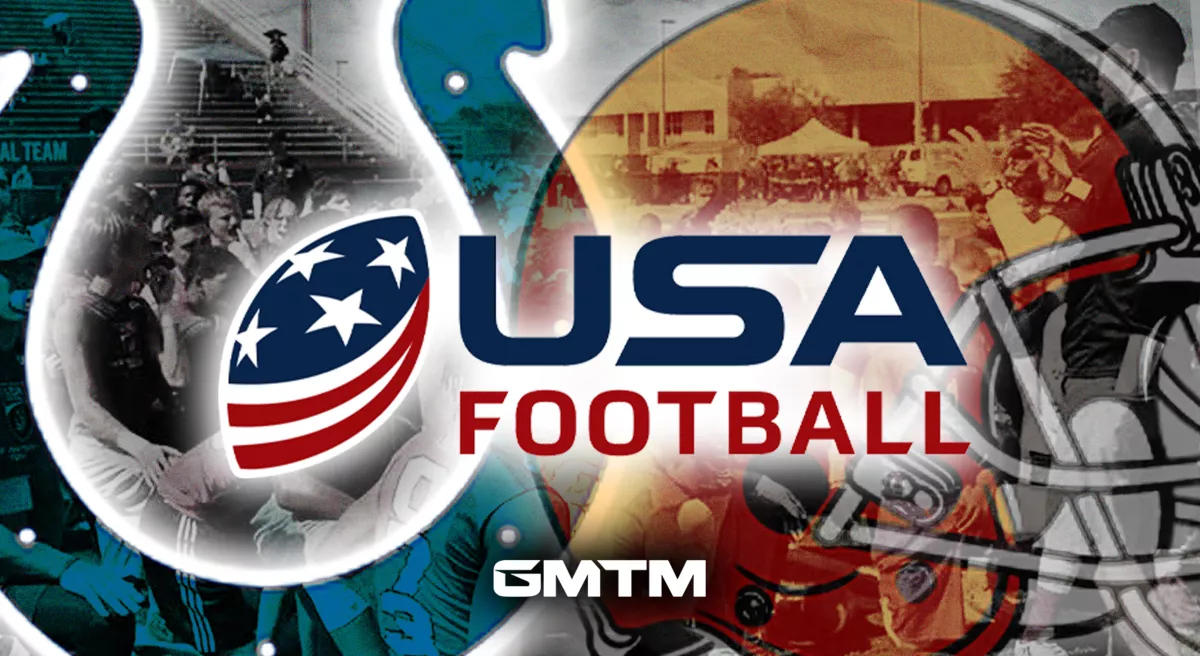Despite only playing 19 games in his college career, former North Dakota State quarterback Trey Lance was still expected to be a high draft pick amongst the 2021 NFL Drafts deep quarterback class that included Heisman finalists Mac Jones, Trevor Lawrence, and Justin Fields, as well as BYU standout Zach Wilson.
Lance's high draft stock was in part due to his outstanding passing percentage (around 66% in 2019) as well as the faith NFL scouts have put in NDSU quarterbacks after former Bison QB Carson Wentz had a standout rookie year for the Eagles after being #2 overall in 2016.
Projected to go in the top ten of Thursday night's first round of the NFL Draft by Mel Kiper, Jr., Lance was expected to land behind former Florida tight-end Kyle Pitts and Oregon offensive linemen Pennei Sewell.
Surprisingly, the 20-year-old from Minnesota, who played only one game in 2020, was drafted third overall by the San Francisco 49ers.
I have no idea if Trey Lance will be an All Pro or a bust, but a team just traded up to No. 3 to take a QB who threw for 149 yards in his one FCS game last season.
— Stewart Mandel (@slmandel) April 30, 2021
So, how does an NFL franchise like the 49ers put their future into the hands of a quarterback who has competed a few dozen times against Subdivision opponents like Western Illinois and James Madison?
Well, it might indicate that the landscape of college football development is changing - or that NFL Draft Grades are becoming more important than we ever could have imagined.
What is an NFL Draft Grade?
Recently, sportswriters and media companies have tried to tie their speculation of bad draft picks to a metric. Whether an NFL team drafts player isn't quite ready for the big leagues yet or if they didn't fill up the holes in their depth charts, draft grades are used to express how a team drafted at first glance.
NFL Draft Grades are issued by a number of sites, and usually fall onto a similar scale used for grades in schools. Each grade translates to the following:
- A - Great: Pick fits the team's needs and adds immediate value
- B - Good: Pick is a good fit in the roster with certain value as a pro
- C - Questionable: Pick doesn't fix a team's problem and may take a few years to become a starter
- D - Bad: Pick doesn't fit the roster or the culture and has considerable work left before adding value
- F - Awful: Pick makes no sense, team is in trouble with fans and player adds no immediate or future value
These grades fluctuate based on who's offering them and can be scaled up or down to express more opinion (i.e. A+ or C-). Essentially, these grades are a great way to look at the draft on a whole, but can be brutally incorrect in a few years.
For instance, following the first round of the 2013 NFL Draft, the consensus grade for the Cleveland Browns was an A+. This was a result of them taking the previous year's Heisman Trophy winner Johnny Manziel.
But despite the high grade, neither Manziel and those who made the pick for the Browns panned out. And in retrospect, that draft grade was about as foolhearty as any you can find.


















































